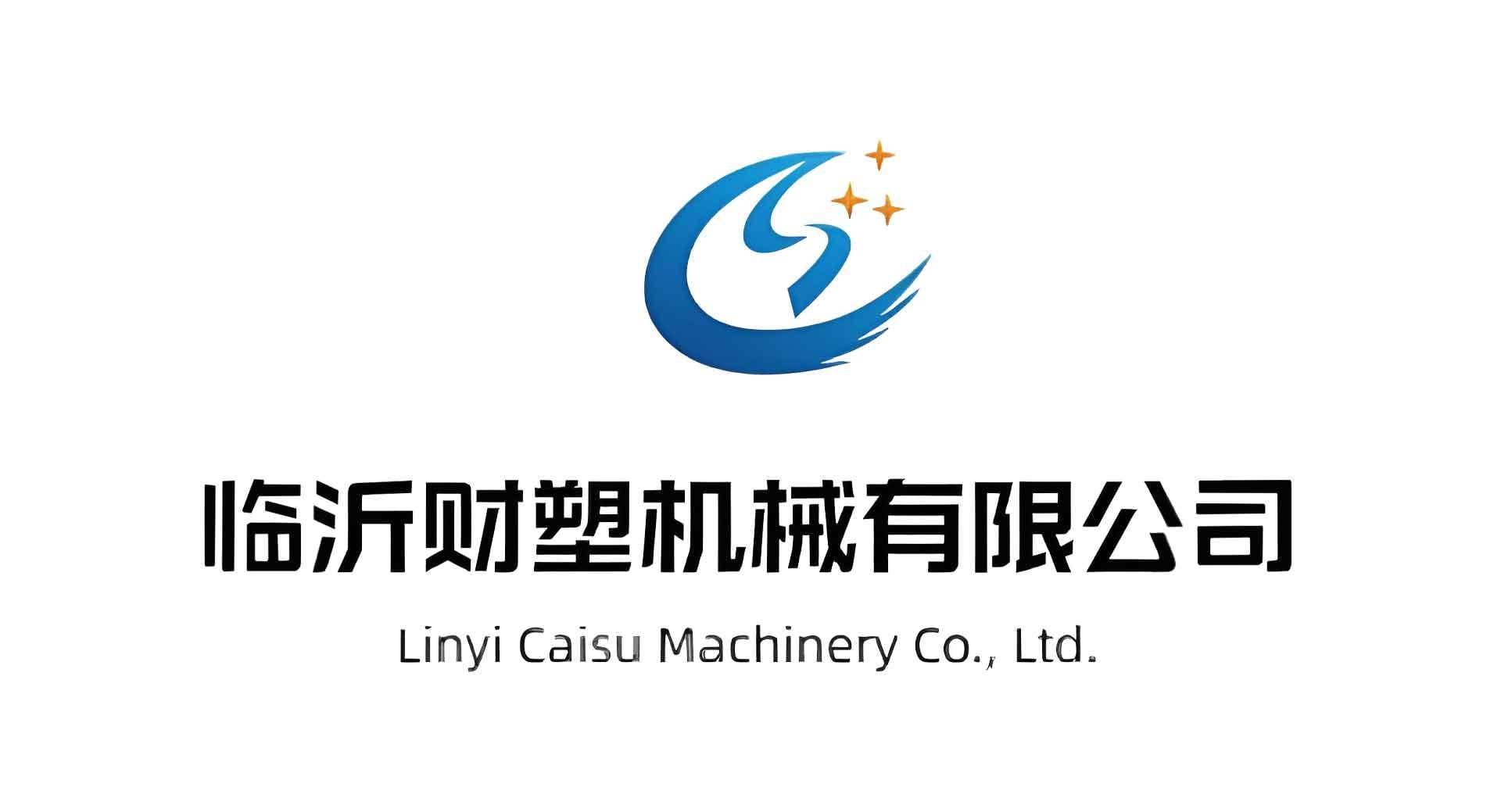Welcome to My Blog!
Before we dive into the content, I’d love for you to join me on my social media platforms where I share more insights, engage with the community, and post updates. Here’s how you can connect with me:
Facebook:https://www.facebook.com/profile.php?id=61567891941530
Now, let’s get started on our journey together. I hope you find the content here insightful, engaging, and valuable.
Caisu Machinery sells a variety of used plastic pipe production equipment. The products are of high quality and low price. Welcome to contact us for consultation and purchase. We will be happy to serve you.
Table of Contents
Introduction

In the plastics industry, achieving a homogeneous mixture of polymers, additives, and fillers is crucial for producing high-quality products. The selection of appropriate mixing equipment significantly influences the efficiency, consistency, and quality of the final plastic materials. This guide provides an overview of various types of mixing equipment used in plastic processing, detailing their functions, advantages, and typical applications.
Understanding the Importance of Mixing in Plastics Processing
Mixing is a fundamental step in plastic manufacturing, ensuring uniform distribution of components, which affects the mechanical properties, color, and overall quality of the final product. Different types of mixing equipment are designed to handle specific materials and processing requirements, making the choice of mixer critical to the success of the production process.
Common Types of Mixing Equipment for Plastics

High-Shear Mixers
High-shear mixers are designed to disperse one phase or ingredient into another, typically immiscible, phase. They use a rotor or impeller, combined with a stationary component called a stator, to create shear forces that mix the materials. These mixers are commonly used in the plastics industry for emulsification, homogenization, particle size reduction, and dispersion.
Gravimetric Blenders
Gravimetric blenders accurately weigh two or more components before mixing them together. They are essential in the plastics industry for ensuring precise ratios of materials, such as virgin plastic granules, recycled plastic, and color additives, leading to consistent product quality.
Three-Roll Mills
Three-roll mills utilize shear force created by three horizontally positioned rolls rotating in opposite directions and at different speeds. They are effective in mixing, refining, dispersing, or homogenizing viscous materials, making them suitable for applications requiring fine dispersion of pigments or fillers in plastics.
Static Mixers
Static mixers are devices used for the continuous mixing of fluid materials without moving components. They consist of a series of baffles within a tube that create turbulence, mixing the materials as they flow through. Static mixers are efficient, low maintenance, and energy-saving, making them ideal for applications where consistent mixing is required without mechanical agitation.
Kneader Reactors
Kneader reactors are horizontal mixing machines equipped with two Sigma or Z-type blades that rotate at different speeds. They are designed for mixing and kneading substances with high viscosity, such as polymers or adhesives, and are capable of handling large volumes efficiently.
Comparative Table of Mixing Equipment

| Mixer Type | Mixing Mechanism | Ideal For | Advantages |
|---|---|---|---|
| High-Shear Mixer | Rotor-stator creating shear forces | Emulsification, homogenization | Rapid mixing, fine dispersion |
| Gravimetric Blender | Accurate weighing and mixing of components | Precise formulation of plastic compounds | Consistent quality, precise ratios |
| Three-Roll Mill | Shear force between rotating rolls | Dispersing pigments or fillers in viscous materials | Fine dispersion, uniform mixing |
| Static Mixer | Turbulence created by stationary baffles | Continuous mixing of fluids | Low maintenance, energy-efficient |
| Kneader Reactor | Dual rotating blades for kneading high-viscosity materials | Mixing high-viscosity polymers or adhesives | Efficient handling of viscous substances |
Conclusion
Selecting the appropriate mixing equipment is vital for optimizing the plastic manufacturing process. Each type of mixer offers unique advantages tailored to specific materials and processing requirements. Understanding the functions and benefits of different mixing equipment enables manufacturers to make informed decisions, leading to improved product quality and production efficiency.
FAQ
What factors should be considered when choosing mixing equipment for plastics?
Consider the viscosity of the materials, desired mixing speed, required homogeneity, production volume, and specific application requirements.
Can static mixers handle high-viscosity materials?
Static mixers are generally more suitable for low to medium-viscosity fluids. For high-viscosity materials, equipment like kneader reactors or high-shear mixers may be more appropriate.
How do gravimetric blenders ensure consistent product quality?
By accurately weighing and mixing components, gravimetric blenders maintain precise ratios, leading to uniformity in the final product.
Are high-shear mixers energy-efficient?
High-shear mixers can be energy-intensive due to their high-speed operation but are efficient in achieving rapid and thorough mixing, which can offset energy costs through increased productivity.
What maintenance considerations are there for three-roll mills?
Regular cleaning and inspection of the rolls are necessary to prevent contamination and ensure consistent performance. Proper alignment and gap settings are also crucial for optimal operation.





